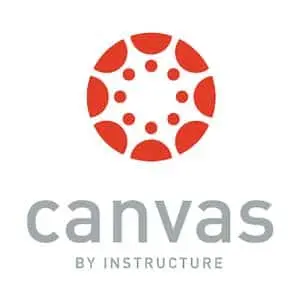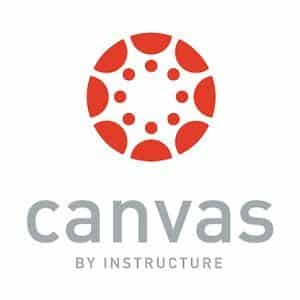Instructure, the firm behind Canvas LMS, was founded by two graduate students in 2008. By 2010, the platform had expanded to serve all of Utah’s public schools. However, by 2014 the company had expanded internationally, with headquarters in London, Sydney, Sao Paulo, and Budapest. Today, Infrastructure supports over 6,000 global customers and over 6 million users. Finally, the fact that 100percent of Top Schools use Canvas LMS is amazing.

Canvas LMS holds the view that it does not wish to be an impediment to the critical role of educating. Rather, it aims to become a partner that can help technologies that together comprise the Canvas learning ecosystem. Educating, training, implementation, engagement, service quality, and student achievement are all made easier with Instructure’s Canvas LMS. Reliable, customisable, mobile, and time-saving, with the goal of getting out of your way and allowing you to focus on what you do best.
What we will see here?
Plans And Pricing
Unfortunately, the prices for Canvas LMS are not transparent for businesses. At the very least, a two-week free trial is available. With the exchanging of business credentials and corporate contact information, Instructure will provide a custom quote. While we couldn’t locate clear pricing information, the general impression is it’s more expensive than other options in the sector.
We should also mention that Canvas LMS offers a “Free-for-Teacher account” that, while not as functional as a premium account, provides educators with “Essential features and functionality.”It appears that it is free for students. Assignments with quizzes, standards-based development to deal with, and achievement routes are some of the features available. It also has access to the Canvas mobile app suite, as well as the ability to integrate third-party apps.
Courses Features in Canvas LMS
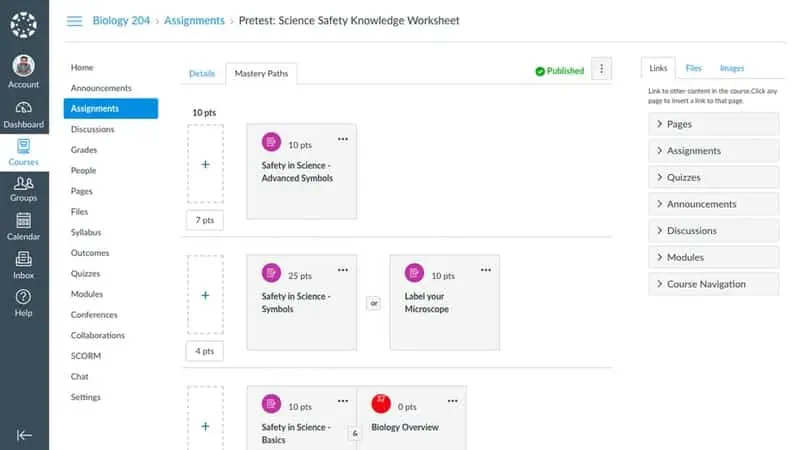
Given that Instructure contains a comprehensive course builder. However, we’ll focus on three favorite features: Modules, Outcomes, and Quizzes, for the sake of brevity. Modules assist arrange the core curriculum into units by focusing on a topic, issue, or order. Educators can sequence modules by specifying prerequisites, so learners can’t find a single unless they unlock its prerequisites. For instance, I may deny my pupil’s access to a second unit unless they met the criteria in the first. Modules perform much of what D2L Bright space does with Release Conditions in this regard, while Canvas lack a programmed early intervention system in the same way that Intelligent Agents does.
Educators can assess student competency using Outcomes developed by their region or institution. These outcomes can be useful in conjunction with grading formative assessments that educators can import or construct.
Instructure uses the phrase “quiz” a lot when it comes to assessments. Quizzes can contain a grade or no grade, limit or no limit, and contain multiple-choice, matching, or short answer questions. Faculty can also assign Exams if they wish students to take a quiz in a certain location.
Support
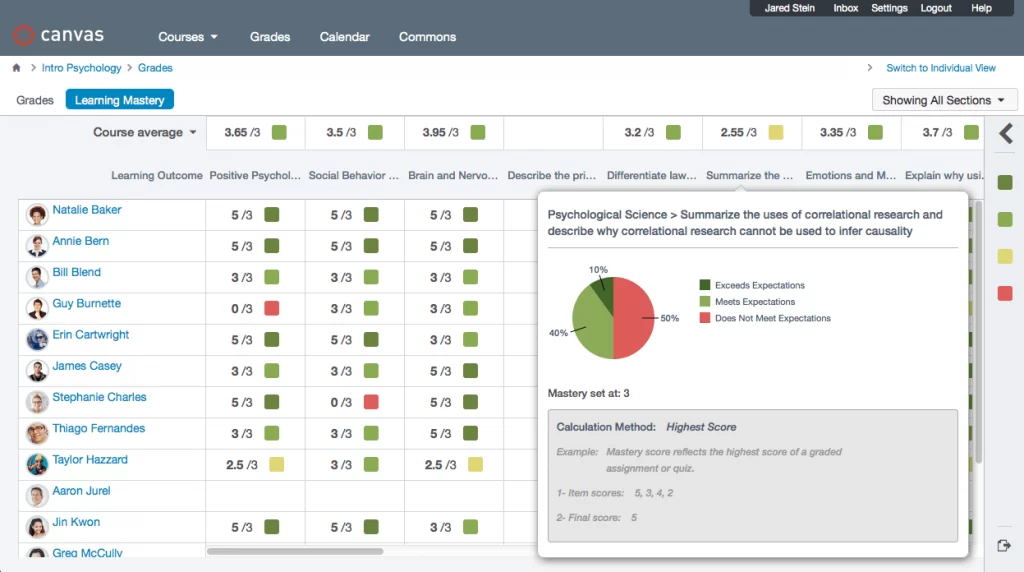
Canvas has better support than most of its competitors. The mobile number for the direct company line is there in the Contact Us section, along with an email address. A contact site is also available for making contact. While it isn’t stated explicitly, it appears that these techniques are more about buying the product than getting assistance with it afterwards. Support is available through a specific section of the website. Although there is no direct contact information or emails, there is a chatbox. When we started it, they told us that we could use it to make a purchase or get product support.
Finally, there is a lively forum with about 400k posts and over 1.4 million members. There’s a variety of information here, including extra product guides and a “Canvas Issue Forum” to aid with difficulties that aren’t there in the FAQ.
Pros and Cons of Canvas LMS
PROS
The most appealing aspect of Canvas’ software is how basic and straightforward it is to use. It is also the one medium that has allowed us to feel a connection with my colleague’s students and lecturers for the past six to seven years. Also, it includes features such as a calendar that continuously displays all of your tasks along with their due dates, as well as weekly and monthly overviews. It includes well-organized colour-coded panels that make it simple to split and access your courses. Even it even includes a built-in grade book, allowing students to keep track of their grades and estimate their total course grade using the created grade estimation method, ensuring that they are not concerned about their marks during the semester.
It even contains a function that allows students to contact other teachers and students directly from Canvas, as well as a system that allows students to video themselves stating their name so that it is not a wrong pronunciation! There are far too many other features to mention, and I like Canvas for it. I would strongly advise any teacher to adopt Canvas because of its low cost, accessibility, and diversity of features.
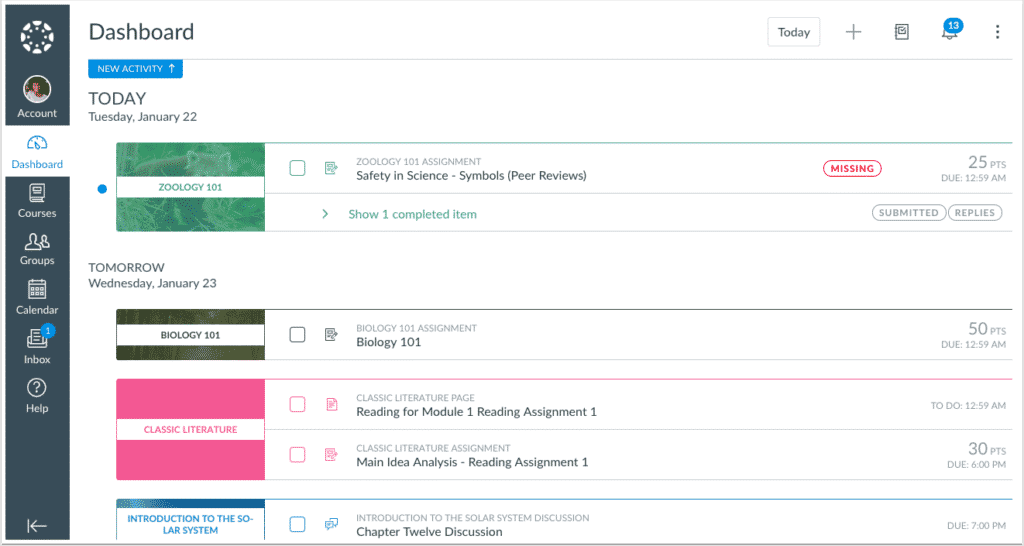
CONS
While it’s difficult to find something I don’t like about Canvas, I believe the exam and assessment grade system can be improved. It’s difficult for students and teachers to insert numerical equations, such as mathematical notation, and can be fantastic. However, for other classes that do not involve equations, Canvas has a fantastic grading system, and I would suggest it to anyone.
Conclusion
The Canvas LMS provides so much that it’s easy to see why it’s so popular. Users will like the availability of a free instructor tier, mobile apps for both Android and iOS, and different communication methods. Overall, the Canvas LMS’s first 30-day trial makes it simple to test it out and see if it fulfils your needs, as it does millions of others across the world.
The access and interactions that a user has with Canvas are determined by their designated role. Canvas administrators, for example, may be able to create user identities, enrol students in courses, and control institutional grading periods. It can be useful for instructional designers to generate and maintain course content as well as evaluate course metrics to find areas for teaching and learning improvement. Canvas can be used by school counsellors to assess student accomplishment and analyse student course progress. Parents and guardians can use Canvas to check on their children’s progress in class, particularly assignment submissions and grades, and connect with instructors.
At last, we Suggest Canvas Because the Canvas platform provides entire online learning LMS features, including standards-based report books, customisable student assessment, course content production, mobile communication, and more. Canvas LMS can be used in conjunction with a school’s current SIS as well as other teaching resources. Moreover, the Canvas App Centre provides mobile-friendly teaching aids that can enhance the platform’s functionality.


